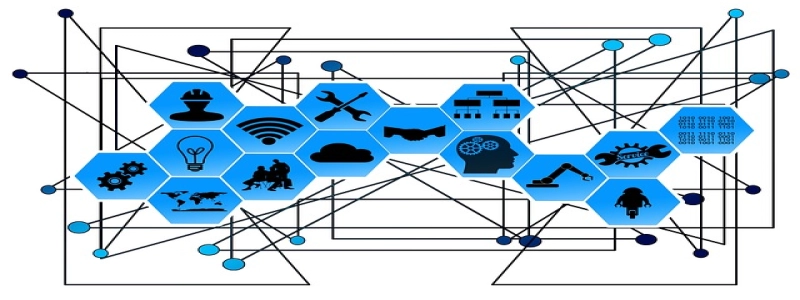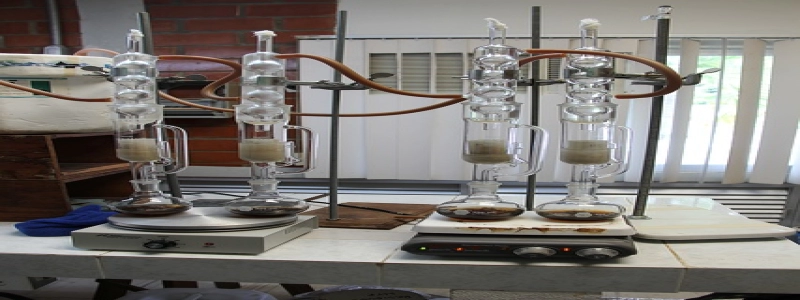Ethernet Length Limit
Introduction
Ethernet is a widely used networking technology that allows computers and devices to connect and communicate over a local area network (LAN). One important aspect of Ethernet is its length limit, which refers to the maximum distance that Ethernet signals can travel without experiencing signal loss or degradation. This article will delve into the factors that affect the Ethernet length limit and provide a detailed explanation of how it can impact network performance.
Factors Affecting Ethernet Length Limit
Several factors determine the maximum length of an Ethernet connection. These factors include cable type, signal attenuation, and data transmission rate.
1. Cable Type
Ethernet cables are available in different types, such as coaxial, twisted-pair, and fiber optic cables. Each cable type has its own unique characteristics that influence the maximum distance the signal can travel without experiencing significant loss. Coaxial cables, for example, have a longer length limit compared to twisted-pair cables due to their stronger signal transmission capabilities.
2. Signal Attenuation
As Ethernet signals travel through the cable, they experience signal attenuation, which refers to the reduction or loss of signal strength. The longer the cable, the greater the attenuation, resulting in degraded signal quality. Signal attenuation can be influenced by factors such as cable quality, interference from other electrical sources, and environmental conditions.
3. Data Transmission Rate
The data transmission rate, or bandwidth, is another important factor that affects the Ethernet length limit. Higher data transmission rates may require shorter cable lengths to ensure stable and reliable signal transmission. This is because higher transmission rates produce higher-frequency signals, which are more prone to attenuation over long distances.
Ethernet Length Categories
To cater to different network requirements, Ethernet standards define various categories that specify the maximum cable length supported for a particular transmission rate. These categories include:
1. 10BASE-T: This category supports a maximum cable length of 100 meters for data transmission rates up to 10 Mbps.
2. 100BASE-TX: This category supports a maximum cable length of 100 meters for data transmission rates up to 100 Mbps.
3. 1000BASE-T: This category supports a maximum cable length of 100 meters for data transmission rates up to 1 Gbps.
4. 10GBASE-T: This category supports a maximum cable length of 100 meters for data transmission rates up to 10 Gbps.
The Impact on Network Performance
Exceeding the recommended length limit for a particular Ethernet category can result in degraded network performance. As the cable length exceeds the limit, signal attenuation increases, leading to an increased number of errors and retransmissions. This can cause decreased network speeds, reduced reliability, and increased latency. Additionally, exceeding the length limit may violate the standards set by Ethernet organizations, potentially resulting in interoperability issues with other devices or equipment.
Conclusion
Understanding the Ethernet length limit is crucial for designing and maintaining efficient and reliable networks. By considering factors such as cable type, signal attenuation, and data transmission rate, network administrators can ensure that their Ethernet connections stay within the recommended length limits for optimal performance. Failure to adhere to these length limits can have a negative impact on network functionality and compromise overall network efficiency.








